Past Event
London, UK
The latest in the series of events hosted by WOD (Women in Office Design) was held at MJF Interiors’ showroom in Clerkenwell on Thursday 13 July 2023. Starting with a panel discussion, the seminar also included highly interactive workshops.
WOD Founder, Harsha Kotak commenced proceedings by introducing WOD’s sustainability manager, Joanna Knight together with Woodalls Design’s Ana Rita Martins and Sam Allen from M Moser Associates. The panel discussion focussed on the definitive link between wellbeing and sustainability highlighting the correlation of factors influencing occupancy wellbeing within the office workplace as well as environmental responsibility.
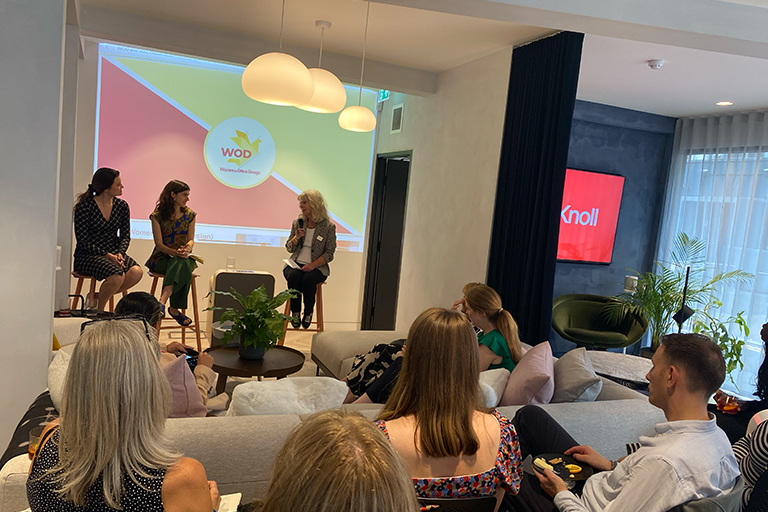
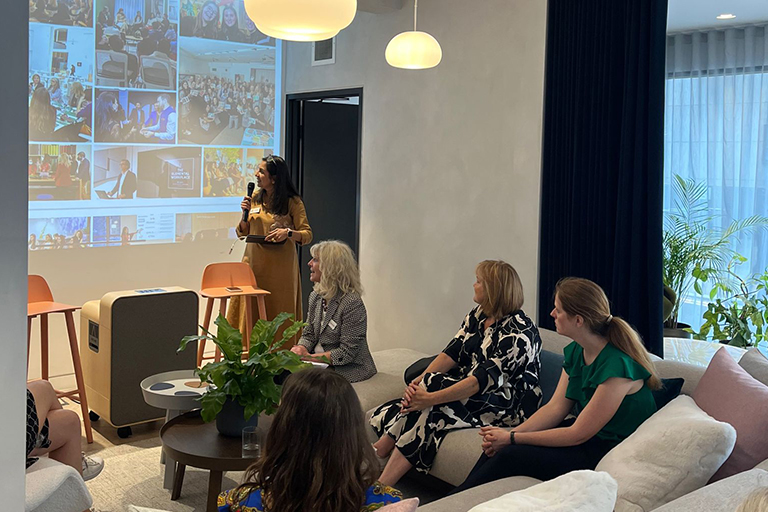
Following the informative discussion, attendees were invited downstairs to attend workshops hosted by TP Bennett, M Moser Associates and Conran & Partners. Each session provided the opportunity to learn about design and material choice and the environmental and wellbeing impacts.
Demonstrating that learning can be fun, the evening concluded with a fantastic choice of cocktails individually and expertly mixed by Vanessa Megerle and Naomi Reid.
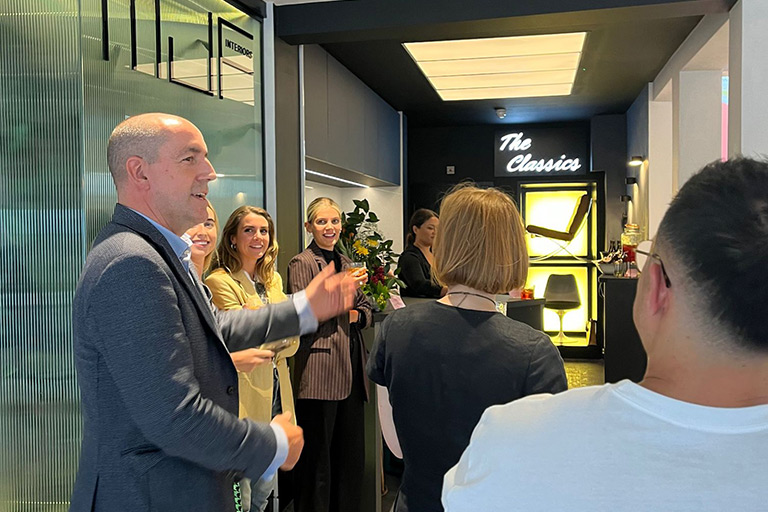
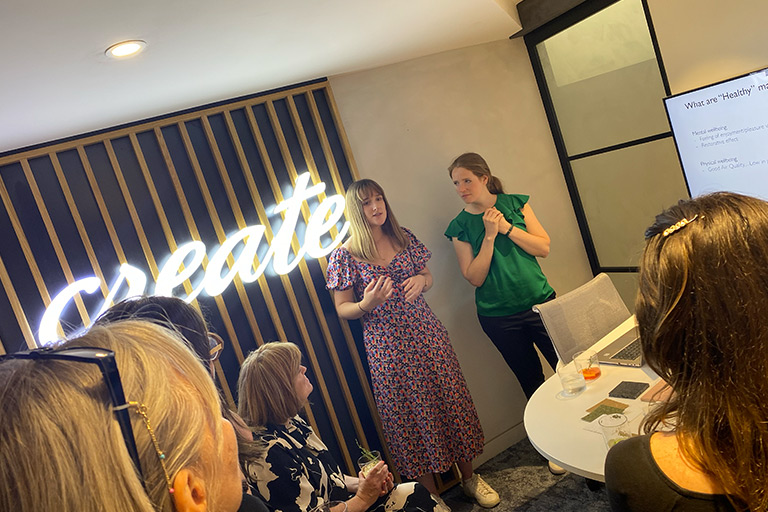
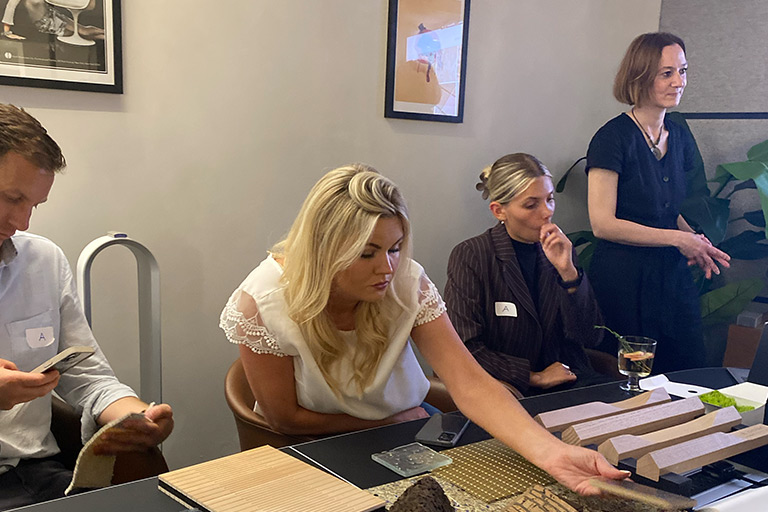
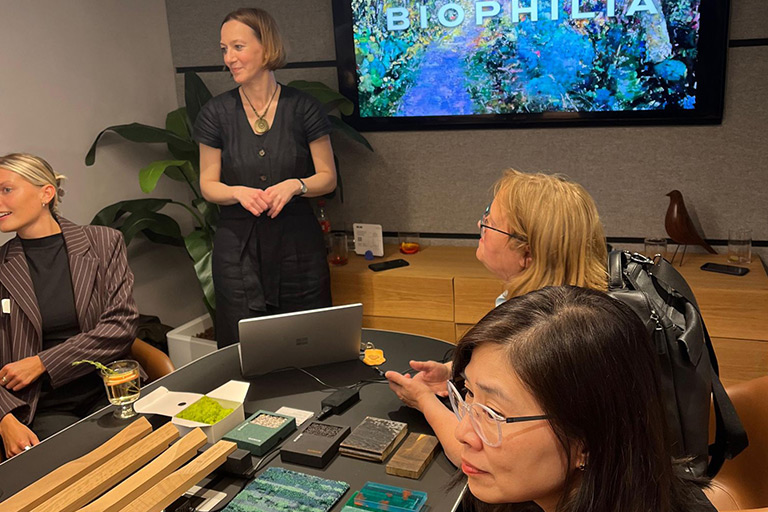
He continued, “When I started the project I realised that the theme was not design a functional space, but it was what happens outside the office. I don’t know if any of you have been to India, but I think I suffered a trauma because when I landed in New Delhi I was overwhelmed by smells, traffic, people and I had a situation of inner disability that made me realize what a person who effectively has a disability might feel.”
After discussing the project’s design process at length, how staff were included in the process and reasoning behind the design choices made, one insightful example being, “When a person with autism sees a 90 degree angle or corner of a corridor and doesn’t know what is happening on the other side, they experience a sense of restlessness, and if they find out what is happening on the other side of the corner and it doesn’t satisfy them they enter a state of dynamic suffering. It is for this reason that this space was designed in a way that the corridors and hallways gradually show what is happening beyond them to help with special perception.”
Andrea concluded, “In my opinion it is the most beautiful project that I have done because the leadership involved in this project was a visionary leadership and therefore the need to implement diversity and inclusion can not just be written on paper, but must come from within the will of today’s company leaders.”
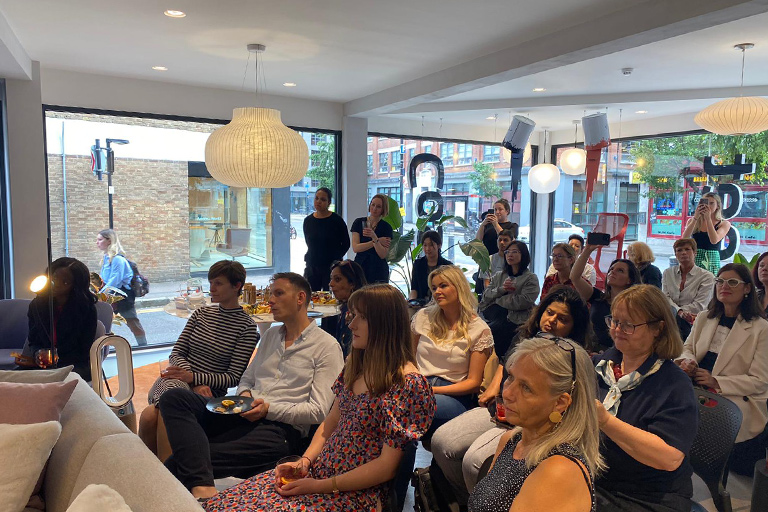

Pinny added, “Andrea the project was fascinating and I know we did put a lot of hurdles for you when you were designing it but it is a masterpiece.”
WOD’s Veronica Nardelotto summed up prior to taking on questions from those in attendance by saying, “When inclusion is considered as one of the fundamental points of a project everyone benefits from it.”
To cap off the evening, guests enjoyed networking drinks. A huge thank you to Simona Colombo (Chief Marketing Officer at Arper) and the Arper team for helping to deliver such a fantastic event!
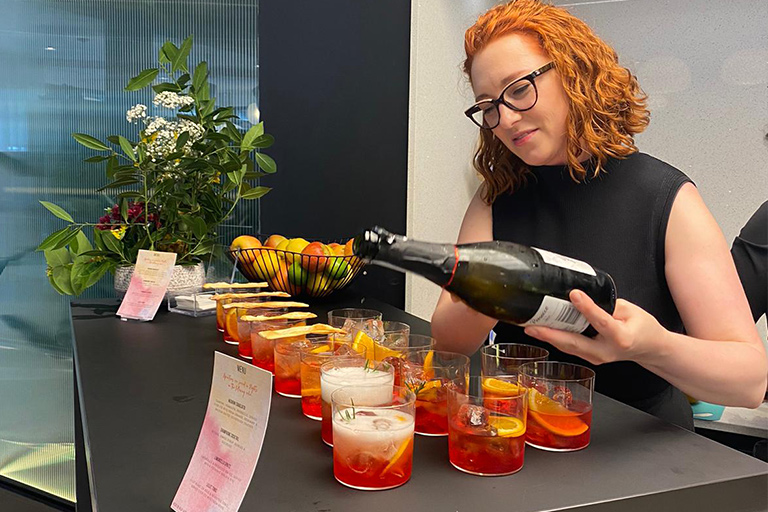
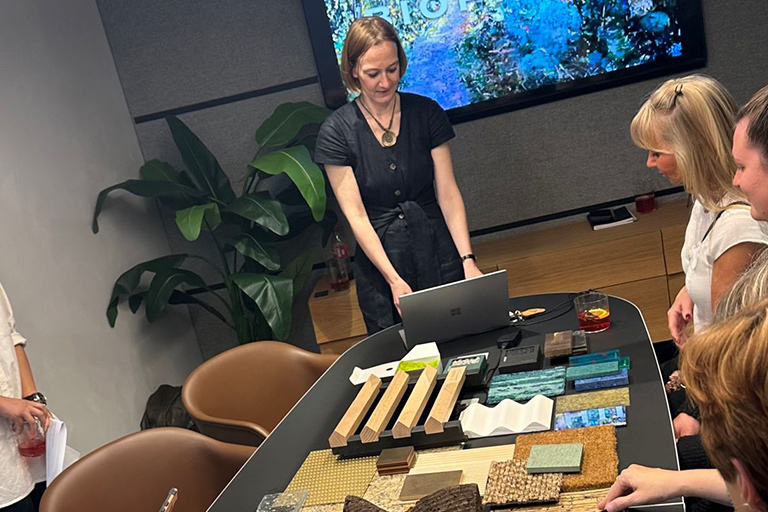
Useful Links
Home
About
Past Events
Join
SDC
Blog
Contact
Privacy Policy
Cookies Policy
Newsletter
Subscribe to the WOD newsletter and keep updated on all of our latest news and events.
